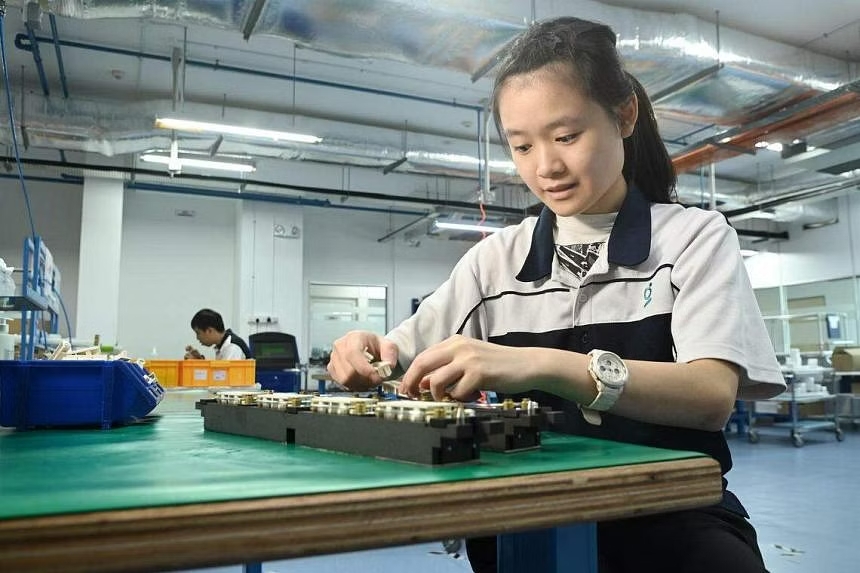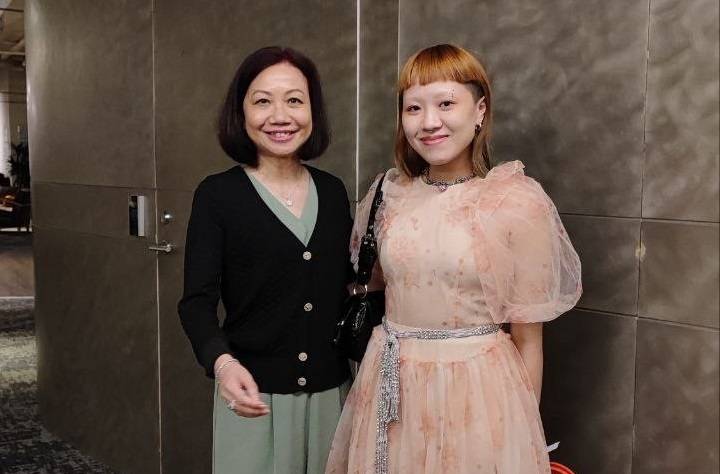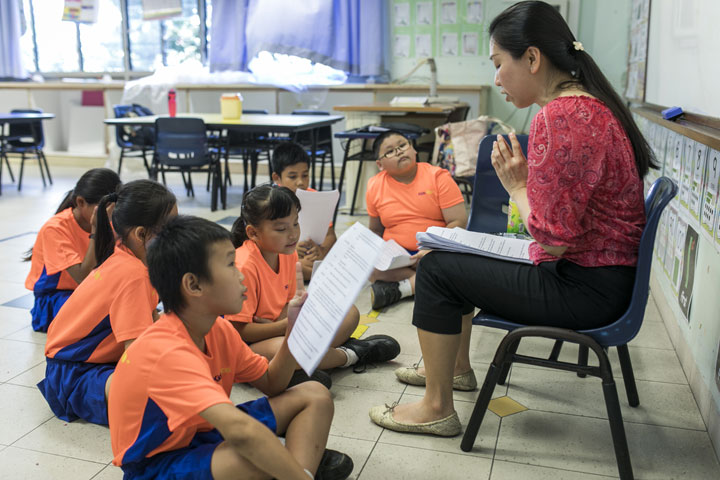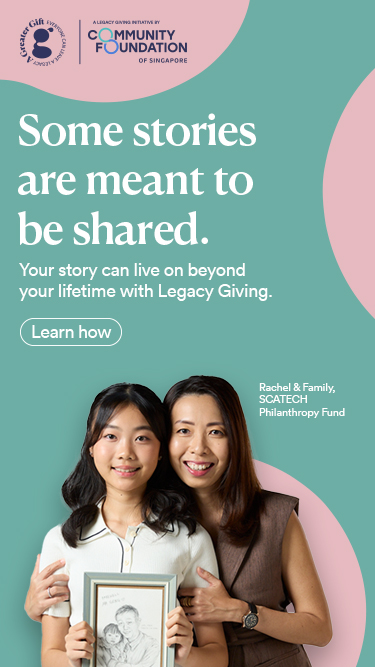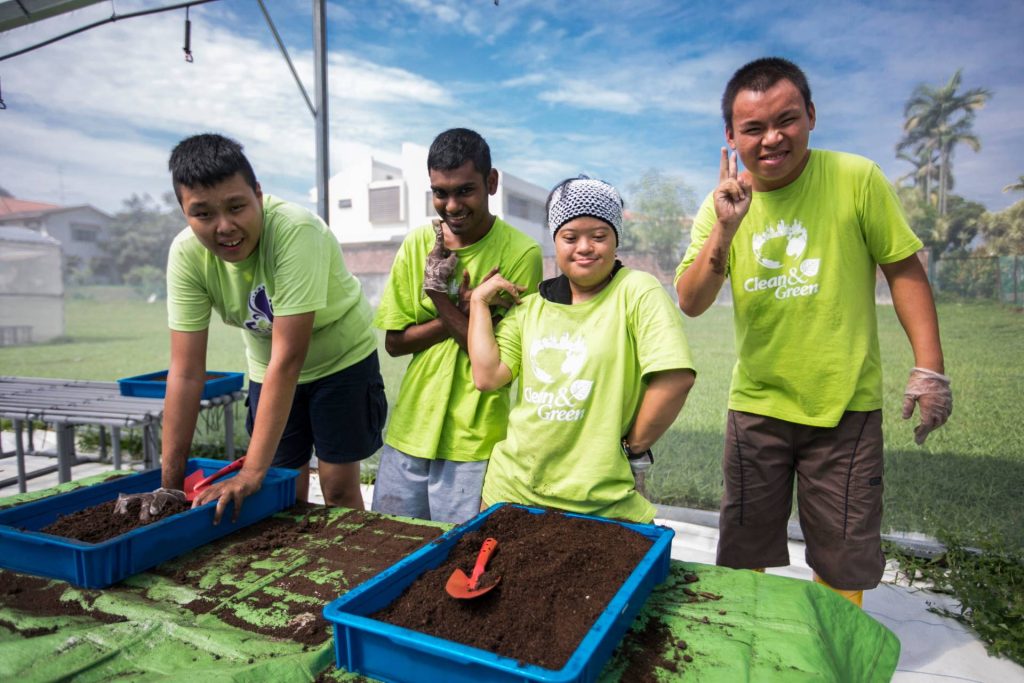
Four critical gaps in improving employability for all
A person in a wheelchair with much to give. A stay-at-home mum who misses working. An ex-offender who yearns for a second chance. A senior forced to retire early. These are some examples of people who want to work. They believe they can contribute to society. They also deserve the basic right to work and should not be denied from doing so.Yet, many of them face difficulties in securing decent jobs. In recent years, the gig economy opened up opportunities for individuals facing barriers to traditional employment or those who need flexibility. However, gig work comes with its own set of challenges, such as unstable income and a lack of employment benefits.
